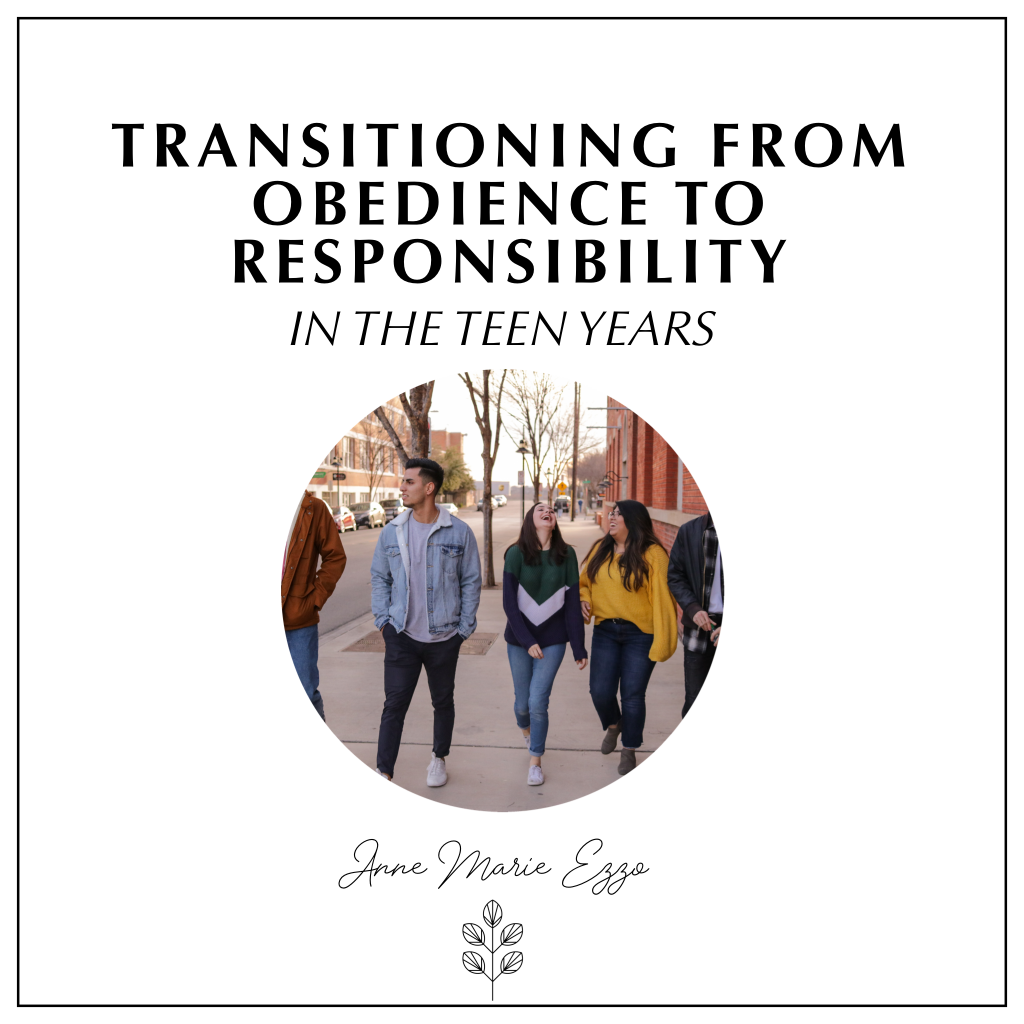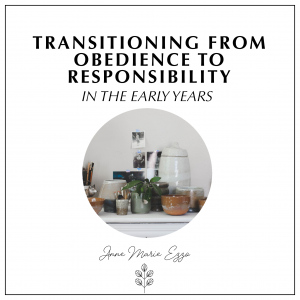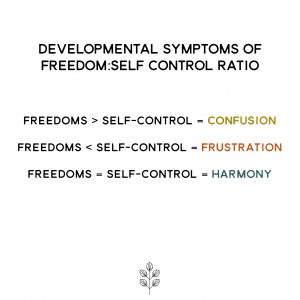The Big Picture [Part 3]
posted in: Uncategorized
0

Part Three: The Preteen and Teen Years
moving your child from obedience to responsibility
We’ve reviewed getting back to the basics in our own lives as parents as well as what obedience looks like in the early years and how to move toward transferring ownership so that our children will become characterized by being responsible. Now let’s look more closely at how this plays out during the middle and teen years. One critical point for parents to remember during this time is to not provide all the answers to questions you’ve answered before. I’ve often joked about this being the season when, as a mom, you turn the tables on the “Why Mommy?” from those pre-school/elementary school years to “Why is it right, Son, or what do you think?” When your middle schooler/high schooler challenges or asks “Why do we have to? No one else does!”, don’t be afraid to respond with something like, “I really think your Dad & I have explained this before, so before repeating it again, I really would like to know your thoughts about why we as a family don’t do such and such or why as your parents we are not permitting you to do such and such. We can either talk about it now, or if you’d like to think about it for a bit and find out what God has written about such an activity, you can share your thoughts and findings with me later.” With a middle-schooler, you may instead take the time to search the Scriptures together for an answer. And while this takes extra time, you are adding to his moral warehouse by providing the ‘why’ from Scripture about how his parents came to a particular conclusion. (for more on transition from authority to influence during the middle years see this resource.) It’s also important for parents with children in this age group to have dialogue with their youth about their personal relationship with Jesus – not just at “Bible time” but during regular conversations, when you are walking by the way, driving to and from school, and/or listening to an interesting message. After church, ask your youth, “What did today’s message mean to you?” Encourage active listening when he is in church and encourage him that there will be something that the pastor will share today that the Holy Spirit will use to speak to his heart so he should be listening for that. Please avoid the mindset that says, “Kids won’t get anything out of the message, it’s geared to adults.” Even for young children there is a silent learning taking place, so please do not underestimate the power of the Holy Spirit to work in the heart and mind of each child. Another part of leading by relational influence with your child is communicating the worldview your family lives by. This is something that a child of 9 or 10 can begin to understand. We live in a world of moral relativism, yet serve and love a God of moral absolutes. As parents who are Christ followers, it is critically important that you know why we believe what we believe. Moral adherence in a Christian home is dependent upon three factors: moral knowledge, moral reason, and parental example. It may be helpful as a ‘couch time’ activity or even a date night discussion, to ponder how you, as a couple, would answer the following questions:- What does God’s moral law say? This is moral knowledge.
- What does God’s moral law mean? This is moral reason.
- How valid is the moral law in our lives? Are we insisting our children follow something that we don’t practice ourselves? This speaks to the importance of parental example. You can’t say, “Do as I say, not as I do.” Unfortunately, that was how many of the previous generation, even in the church, were raised. It wasn’t a good idea then and it’s even worse now. Our lives must reflect what we teach our children; more is caught than taught. What are our children catching when they watch our lives?





